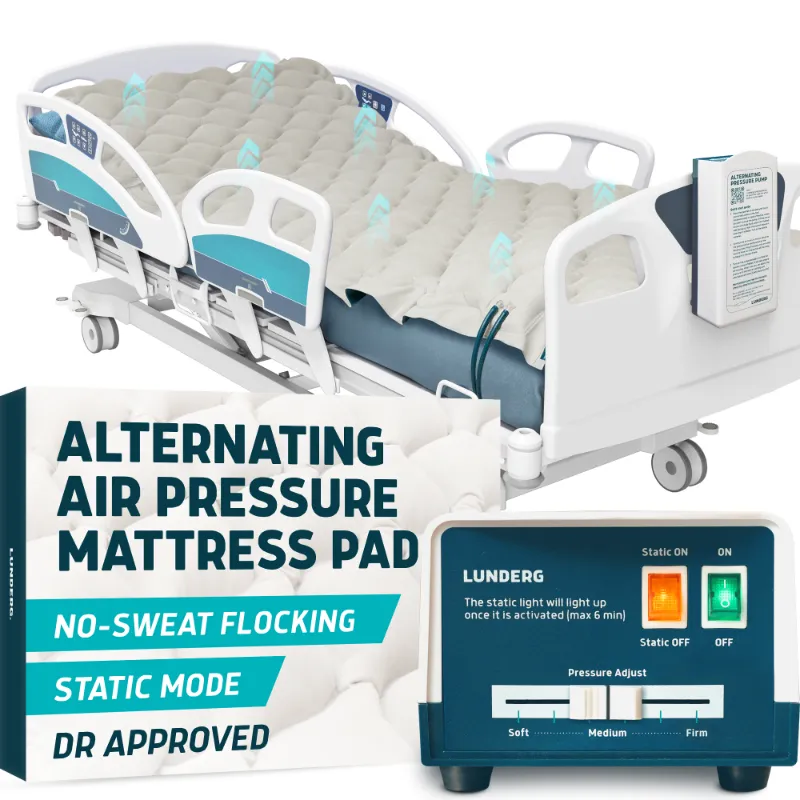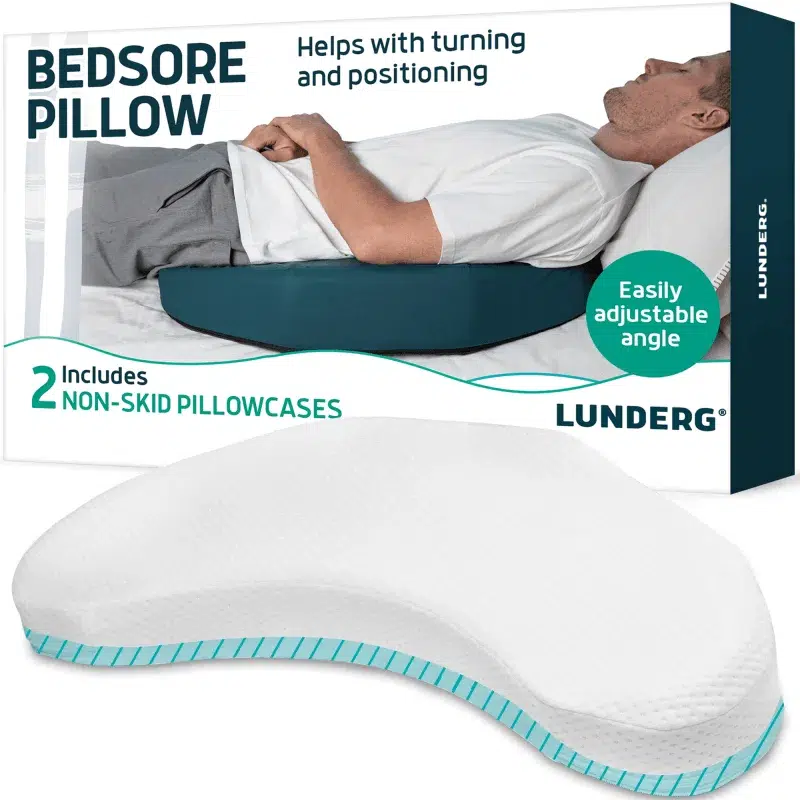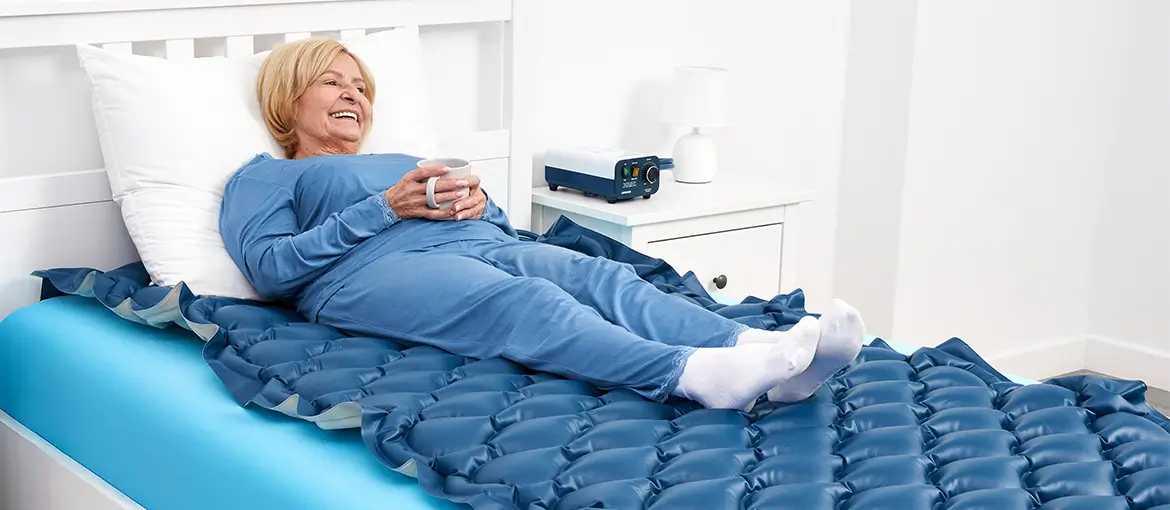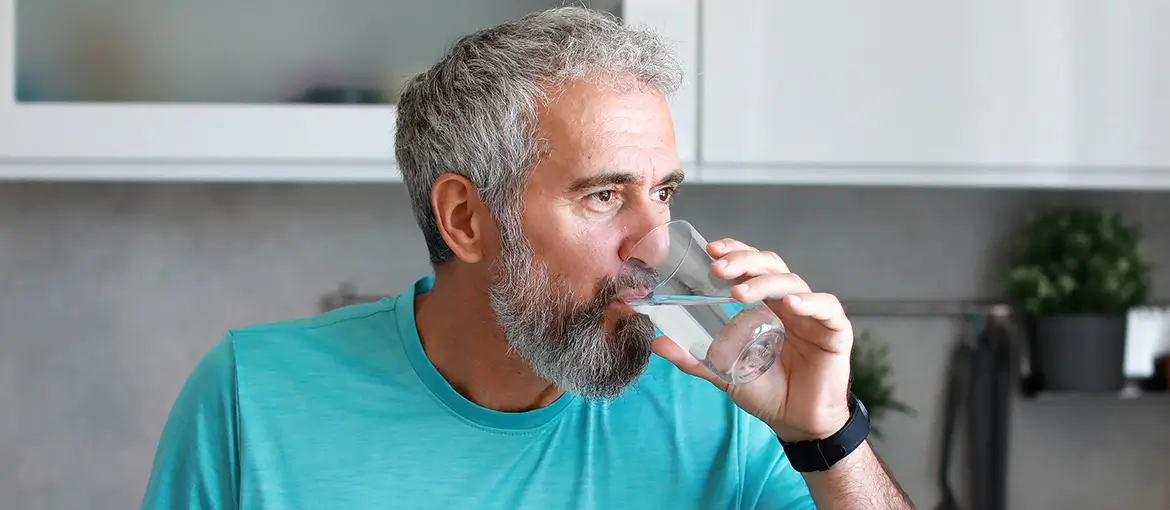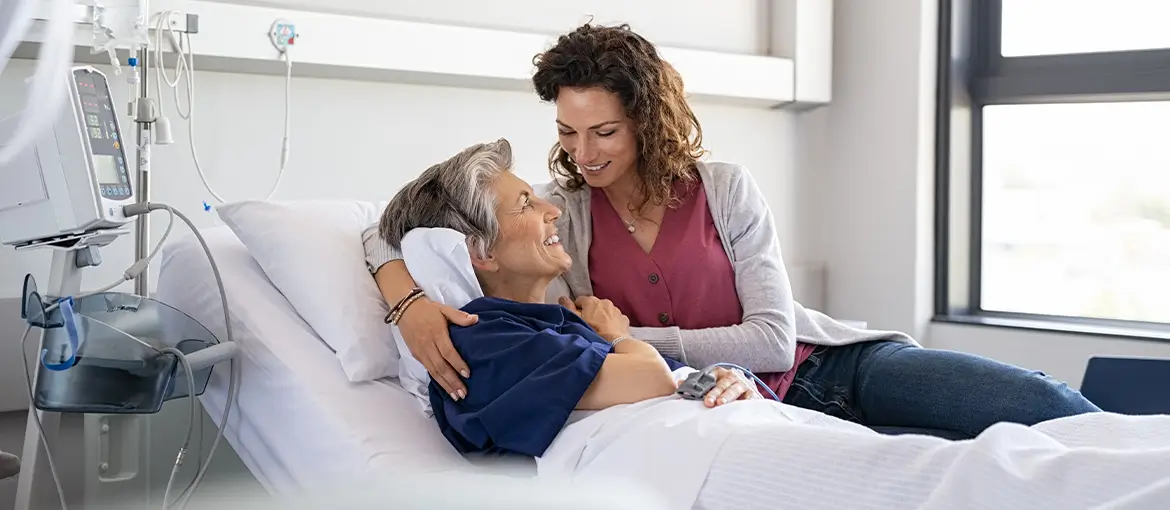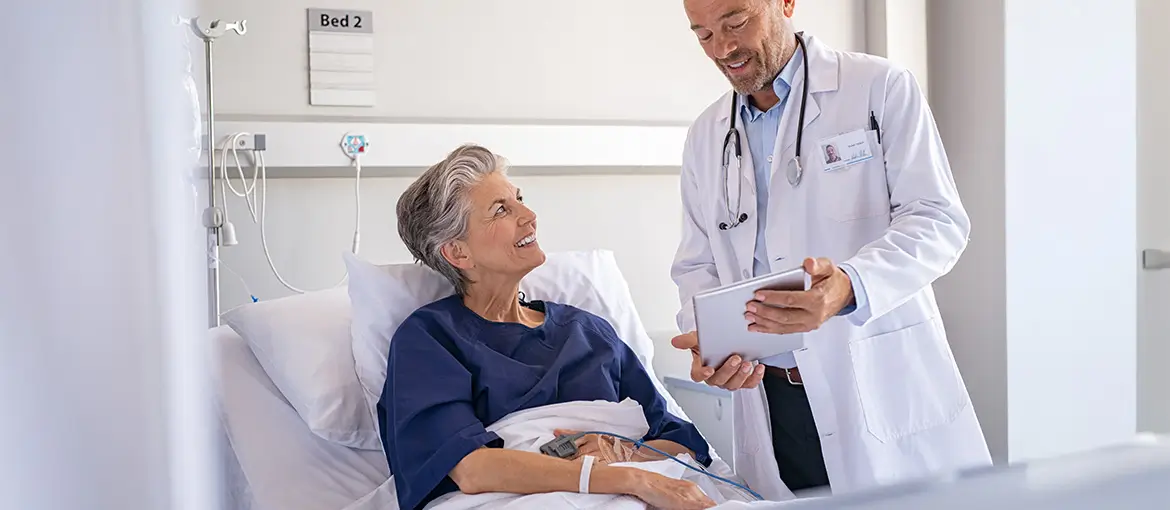When it comes to providing comfort and bedsores prevention for individuals who spend extended periods of time in bed or in a wheelchair, medical technology has come a long way. One such innovation is the alternating pressure pad. These remarkable devices are designed to alleviate pressure, improve circulation, and reduce the risk of bedsores. But how exactly do they work, and what benefits do they offer? In this blog post, we will explore the ins and outs of alternating pressure pads.
Understanding the Problem: Bedsores
Before digging into how these mattresses work, it’s essential to understand the problem they aim to address. Bedsores, or pressure ulcers, are a common issue for people with limited mobility. These sores typically develop in areas where the skin and underlying tissue are subjected to prolonged pressure and friction. Areas prone to these ulcers include the heels, elbows, buttocks, and lower back.
When someone remains immobile for extended periods, such as bedridden patients, wheelchair users, or even those who lack sensation due to certain medical conditions, the constant pressure on these vulnerable areas can compromise blood circulation, leading to tissue damage. This damage can range from mild skin irritation to severe, open wounds that are not only painful but also susceptible to infection.
The Solution: Alternating Pressure Pads
Alternating pressure pads are a key tool in the prevention and management of bedsores. These innovative devices work on a simple principle: they alternate the pressure applied to different areas of the body at regular intervals, providing relief to affected areas and promoting blood flow. Here’s how they work:
Inflatable air cells: Lunderg alternating pressure pad is composed of a series of inflatable air cells. These cells are strategically placed to cover the entire length of the pad.
Alternating pressure: The key feature of this pad is its ability to inflate and deflate these air cells in a sequential manner. This action varies the pressure applied to different parts of the body.
Pressure relief: When one set of air cells inflates, they lift the body part slightly, bearing the weight of the patient and reducing the pressure of the adjacent area. The cycle then repeats, redistributing the pressure evenly across the body.
Control panel: Thanks to the pump’s control panel, it is possible to easily adjust the pressure settings according to individual needs.
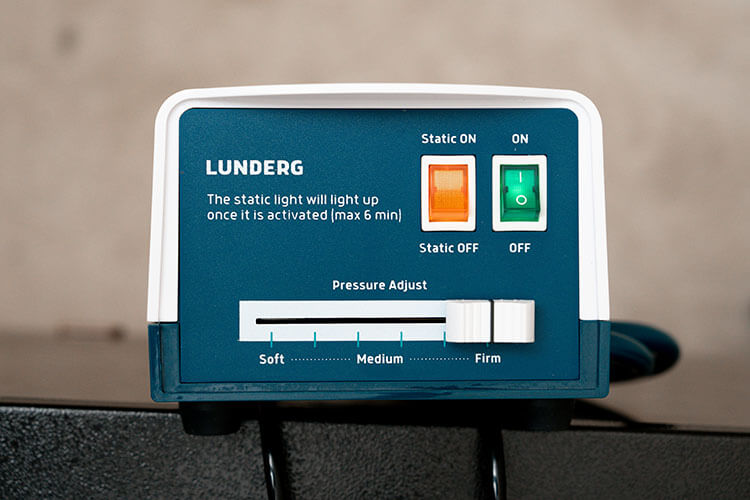
Benefits of Alternating Pressure Pads
Bedsore prevention: The primary purpose of these pads is to prevent bedsores by consistently changing the pressure points on the body.
Improved circulation: By periodically relieving pressure, these pads enhance blood circulation, helping to nourish and oxygenate the tissues. This is crucial for tissue health and wound healing.
Comfort: Patients find relief from discomfort and pain associated with prolonged immobility. These pads enhance overall comfort, which can significantly improve the quality of life for individuals with limited mobility.
Customizable: Lunderg alternating pressure mattress offers customizable settings, allowing users and caregivers to tailor the device to their specific needs.
Cost-effective: In comparison to the costs associated with treating pressure sores, which can include hospitalization and surgical interventions, alternating pressure pads are a cost-effective solution.
Easy to use: Our pad is user-friendly and requires minimal maintenance, making it accessible to a wide range of individuals and caregivers.
Conclusion about Alternating Pressure Pads
Alternating pressure pads are a valuable innovation in the field of healthcare technology. They offer a practical solution to the problem of bedsores by addressing the root cause. By alternating pressure and improving circulation, these pads not only prevent bedsores but also enhance the comfort and well-being of individuals with limited mobility. In doing so, they contribute to an improved quality of life for those in need of this specialized care.
$74.95 – $94.95Price range: $74.95 through $94.95
$59.95 – $89.95Price range: $59.95 through $89.95

